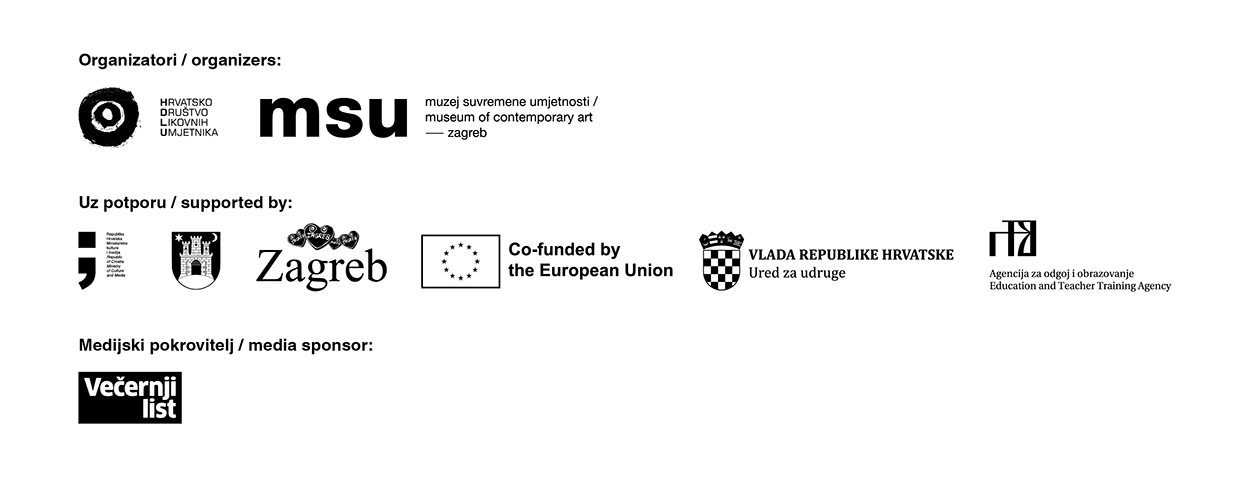Category: Exhibitions
14.9.—13.10.2024
DE/CODING TEXTILE.
CONTEMPORARY ART REFLECTING TEXTILE TRADITIONS
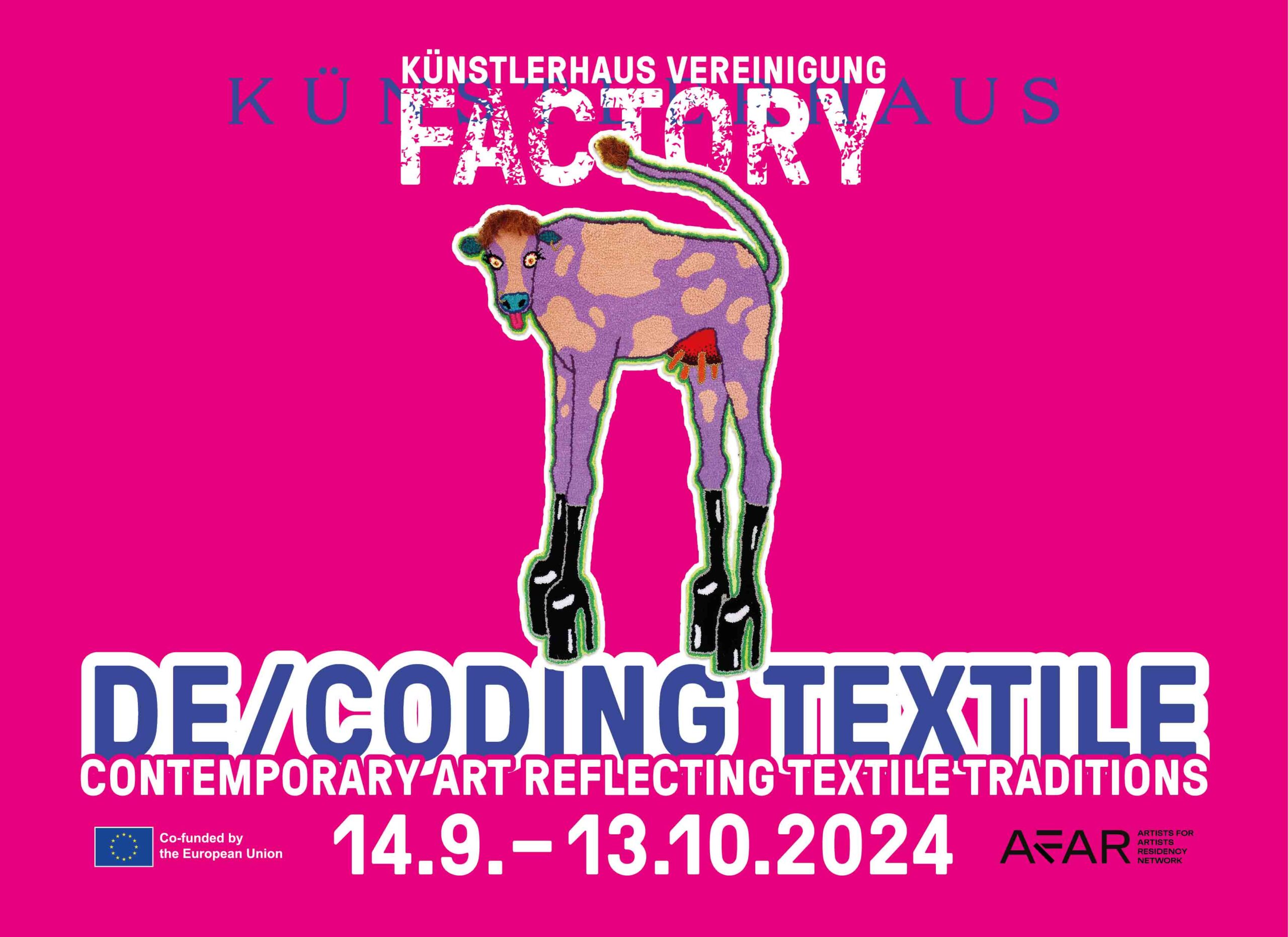
CURATED BY
Maria Christine Holter
ARTISTS
Yasmina Assbane, Yana Bachynska, Željko Beljan, Bik Van der Pol (Liesbeth Bik & Jos Van der Pol), Tanja Boukal, Anetta Mona Chișa, Larisa Crunțeanu, Megan Dominescu, Bernhard Frue, Aurora Kiraly, Zoya Laktionova, Kamruzzaman Shadhin, Iza Tarasewicz, Christina Zurfluh
The exhibition DE/CODING TEXTILE. Contemporary Art Reflecting Textile Traditions brings together works by fifteen artists from nine nations that were created during residencies organised by AFAR (Artists for Artists Residency Network) in Mulhouse (F), Maramures (RO), Bucharest (RO), and Zagreb (HR) in 2023/2024. Referring to the historically influenced environment of the four production sites, the selected artists react with personal artistic expression and a wide variety of media. The virtual meets the analogue, smooth meets fluffy, tradition meets deconstruction, “typically male” meets queer and feminist, deadly serious meets pop humour.
Accompanying the exhibition, the VIENNA TEXTILE TALKS (20 September 2024) will feature outstanding guest speakers who will explore the question of why textiles are increasingly gaining ground in contemporary art and what contribution the positions represented in the Factory can make to the current art discourse. Works by five members of the Künstlerhaus Vereinigung will be included in the discussion.
The Artists for Artists Residency Network (AFAR) is an EU co-funded project, aiming to improve the mobility of contemporary visual artists and curators in the four European partner nations — Romania, Germany, Croatia, and Austria. The project is led by the Romanian Association for Contemporary Art (ARAC) with three consortium partners — the Goethe-Institut network, the Croatian Association of Fine Artists, and the Künstlerhaus Vereinigung Vienna. An associate strategic partner of the project is La Kunsthalle Mulhouse which is also the Centre d’Art Contemporain d’Intérêt National de la Ville de Mulhouse.
Following Vienna, new exhibitions in Zagreb (curated by Josip Zanki) and Bucharest (curated by Anca Poterasu) will follow.
More information on the websites of AFAR www.afarnetwork.com.
Within the project:
![]()
Project partners:

HDLU part of AFAR project is co-funded by:
![]()


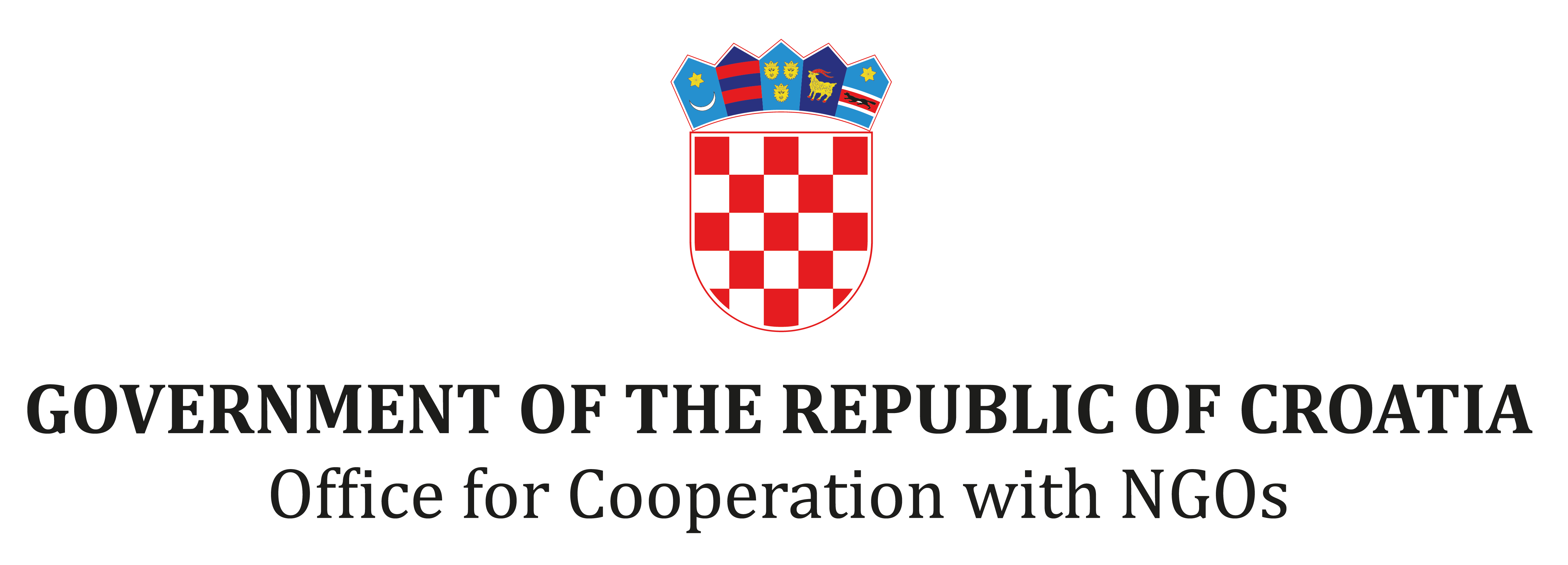
Co-funded by the European Union – CREA-CULT-2022-COOP. The views and opinions expressed are solely those of the authors and do not necessarily reflect the official views of the European Union or the European Education and Culture Executive Agency (EACEA). Neither the European Union nor the European Commission can be held responsible for them. [Project number: 101100309 ]
Project is co-financed by the Government Office for Cooperation with NGOs.
The views expressed in this announcement are the sole responsibility of HDLU and do not necessarily reflect the opinion of the Government Office for Cooperation with NGOs.
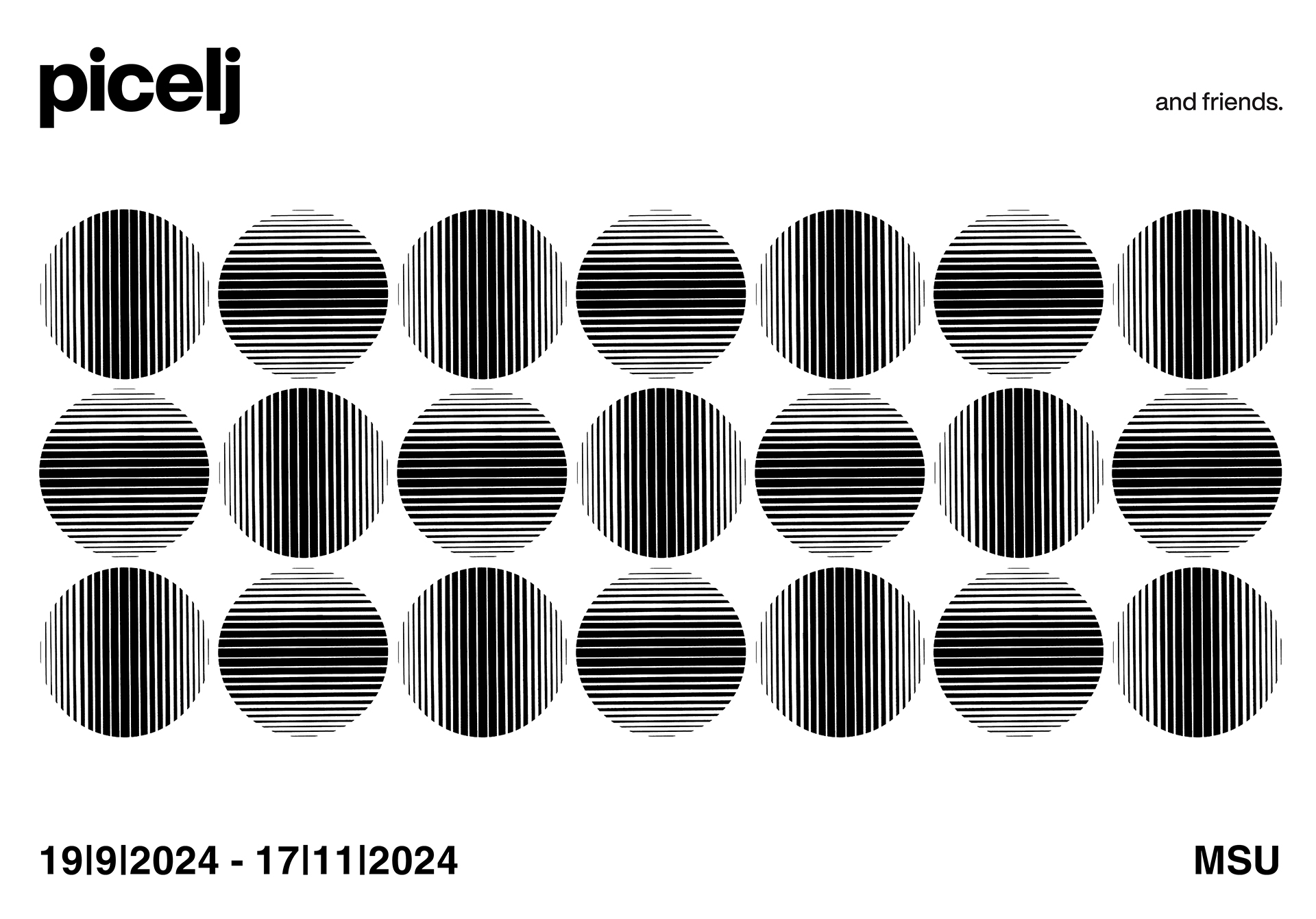
The Croatian Association of Fine Artists (HDLU) and the Museum of Contemporary Art (MSU) Zagreb invite you to the opening of the retrospective exhibition Picelj and Friends by one of the most prominent Croatian artists of the second half of the 20th century, Ivan Picelj. The opening will take place on Thursday, September 19, at 7:30 PM at the MSU Zagreb. This first comprehensive retrospective of Picelj’s work since his passing is organized on the occasion of the 100th anniversary of his birth (1924–2011), and the exhibition is curated by Prof. Zvonko Maković, PhD. The retrospective will remain open until November 17, and during its duration, a rich and diverse accompanying program of films, educational activities, and discussions will be organized, along with numerous guided tours.
The exhibition Picelj and Friends showcases Ivan Picelj’s remarkable and extensive body of work, highlighting his innovative contributions to the field of art and emphasizing his key role on the international art scene. Ivan Picelj was a leading figure in abstract art in the 1950s and a member of the art groups EXAT-51 and the New Tendencies movement, which placed the city of Zagreb on the global map of artistic events. His works are featured in the collections of prominent museums worldwide, such as the Museum of Modern Art in New York, Tate Modern and the Victoria & Albert Museum in London, the Centre Georges Pompidou in Paris, and the Muzeum Sztuki in Łódź, among others.
As the exhibition curator Zvonko Maković points out, Ivan Picelj is important not only as a distinguished individual and artist who, in challenging times, introduced abstract art while consciously referencing the great predecessors of the early 20th-century avant-garde, which had a negative resonance in the social and political context of that era. Picelj always linked his art with that of his close collaborators and friends. From his earliest days, Picelj aspired to collective recognition rather than individual acclaim. He was the one who established connections abroad, thereby creating opportunities for Croatian artists, not just himself, to be represented at relevant exhibitions worldwide as early as the 1950s, and in reputable galleries. Additionally, Picelj’s work demonstrated clear connections that integrated Croatian art of the 1950s into the artistic currents emerging in major, predominantly European, cultural centers of that time.
All of the aforementioned reasons are the main impetus for expanding the retrospective exhibition Picelj and Friends to include all aspects of his work, from painting to objects, as well as graphic design, encompassing posters, book design, catalogs, and magazines. Alongside Picelj’s works, the exhibition also features pieces by the artist’s friends, all of whom were prominent figures of his time: Yaacov Agam, Getulio Alviani, Hans Arp, Mihajlo Arsovski, Vojin Bakić, Vladimir Bonačić, Carlos Cruz-Diez, Ivo Kalina, Julije Knifer, Almir Mavignier, François Morellet, Vladimir Kristl, Božidar Rašica, Jesús Rafael Soto, Aleksandar Srnec, and Victor Vasarely.
SAVE THE DATE
PICELJ AND FRIENDS
Museum of Contemporary Art, Zagreb
Opening: September 19, 2024
HDLU and MSU are marking the 100th anniversary of the birth of Ivan Picelj – a leading figure in 1950s abstraction and one of the most prominent Croatian artists of the second half of the 20th century; a member of the artistic groups EXAT-51 and the New Tendencies movement, who put Zagreb on the global art map. The exhibition Picelj and Friends, curated by Zvonko Maković, presents the artist’s extraordinary oeuvre, highlights his innovative contributions to the field of art, and underscores Picelj’s key role on the international art scene. The exhibition also features works by his friends, notable artists: Getulio Alviani, Hans Arp, Vojin Bakić, Vladimir Bonačić, Carlos Cruz-Diez, Ivo Kalina, Julije Knifer, Almir Mavignier, François Morellet, Vladimir Kristl, Božidar Rašica, Jesús Rafael Soto, Aleksandar Srnec, and Victor Vasarely.
Photo: Damir Fabijanić
MELINDA ŠEFČIĆ
FRAGMENTATION
2.7.-23.7.2024.
KARAS GALLERY
On Tuesday, 2.7.2024. Melinda Šefčić opens her solo exhibition entitled Fragmentation, at 7 pm in Karas Gallery (Ulica kralja Zvonimira 58).

In their foreword, Tena Razumović Žmara emphasize:
In her new work, Melinda Šefčić addresses the issue of identity — me in my own body, and the assimilation of the individual within a new living environment — my body in the world. The universal perception of a woman who is no longer young but not yet old, who often finds herself in a kind of limbo. The light-heartedness and fun of youth are gone, and wisdom is only beginning to emerge. What to do then? Which direction to turn to, where to go, which principles to follow?
Biography
Doc. Melinda Šefčić, DFA, was born in 1986. In 2006, she enrolled at the Academy of Fine Arts in Zagreb, majoring in painting, and in 2012, she graduated with a master’s degree in painting in the class of Prof. Zoltan Novak. In May 2018, she earned her doctorate in painting at the Academy of Fine Arts in Zagreb in the artistic-scientific field on the topic “The Rehumanization and Re-Aestheticization of Hospital Space – An Example of the Artistic Solution for a Hospital Ward”, under the mentorship of Prof. Svjetlan Junaković and Prof. Vera Turković.
She has exhibited in numerous solo and group exhibitions, both in Croatia and around the world, including Italy, Portugal, Greece, Serbia, Macedonia, India, Poland, Germany, France, and the USA. She has participated in numerous art festivals and residency programs, during which she has carried out many artistic interventions in public spaces. She is the author of over 20 art projects focusing on the aestheticization of hospital and prison spaces, and around 40 murals. She has also authored numerous research papers on the aestheticization of prison and hospital spaces in Croatia.
She has been a member of the Croatian Association of Fine Artists (HDLU) since 2011 and the Croatian Freelance Artists’ Association (HZSU) since 2014.
The exhibition will be open during the period from 2. to 23.7.2024.
Working hours of Gallery Karas
Wednesday, Thursday, Friday 4pm – 8pm
Tuesday, Saturday 10am – 1pm
On Sundays and Mondays closed.
___
http://karasarthub.eu
Organizer: HDLU
With the support of: Ministry of Culture and Media of the Republic of Croatia, City of Zagreb
IVAN OŠTARČEVIĆ
VAMPIRE BALL
4.-25.6.2024.
KARAS GALLERY
On Tuesday, 4.6.2024. Ivan Oštarčević opens his solo exhibition entitled Vampire Ball, at 7 pm in Karas Gallery (Ulica kralja Zvonimira 58).
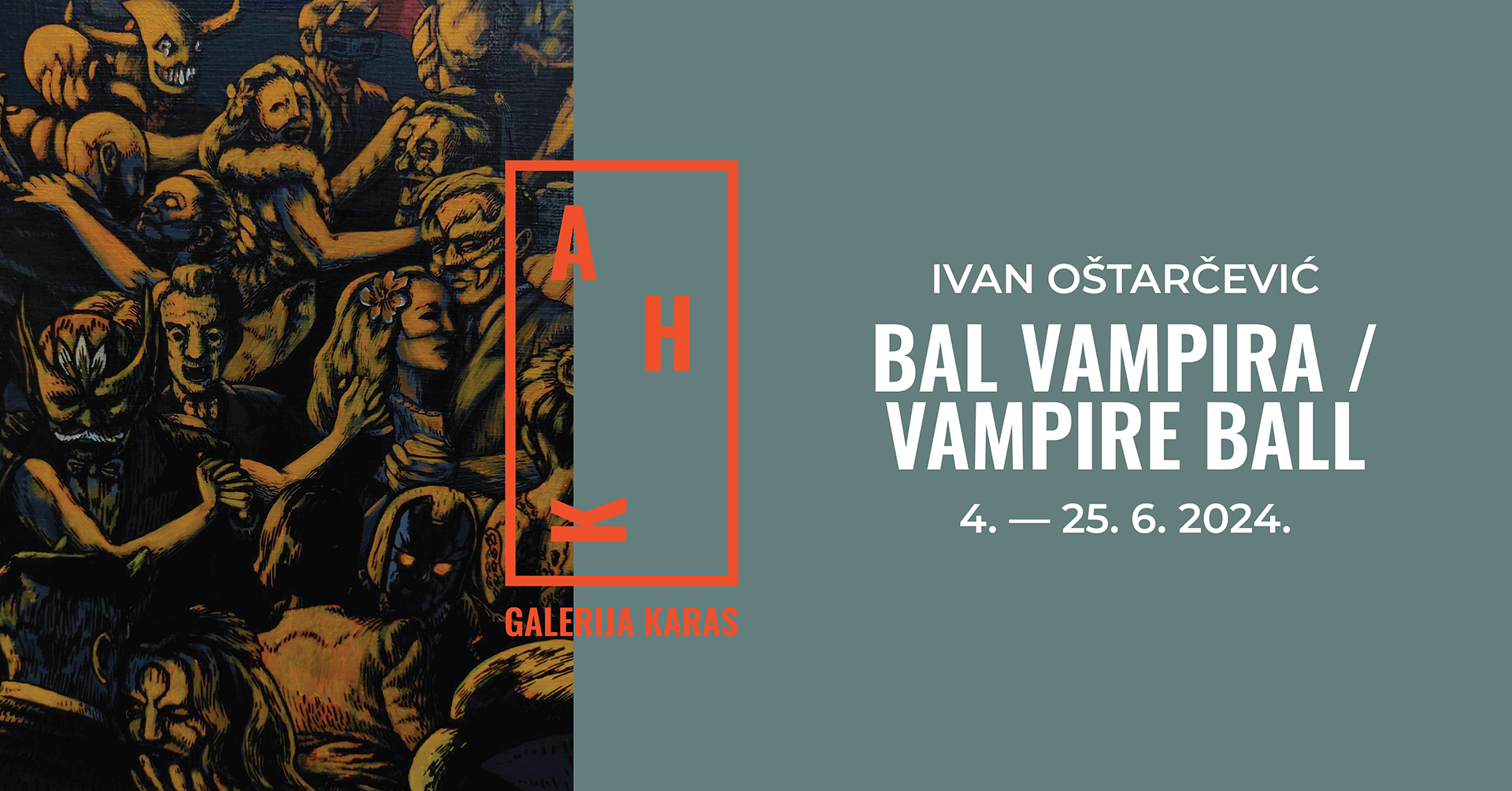
In their foreword, Antonela Solenički i Petar Vranjković emphasize:
“Oštarčević’s work reflects deep dilemmas and paradoxes of the human condition, raising questions about our ability to change and survive. Through the symbolism of skulls, the artist reminds us of the transience and fragility of human life while simultaneously exploring our attempts to remain relevant even after our own extinction. These themes are classically associated with philosophical reflections on existential fears, the search for meaning, and the pursuit of immortality through the creation and preservation of culture.
With Vampire Ball, Oštarčević affirms human immutability and inertia, creating a kind of time capsule filled with human vanity and efforts to survive and outlive both their own and future times. Dystopian thoughts about future times nonetheless suggest that it is time to look at the here and now – our present becomes our future unless significant changes occur. It is up to the observer to decide whether Vampire Ball is merely satire or a real possibility of a broken tomorrow.”
Biography:
Illustrator, graphic artist, painter and muralist born in Zagreb in 1990, where he enrolled and completed his studies at the Academy of Fine Arts, at the Department of Art Education. He graduated in September 2015 and is a member of the Croatian Association of Fine Artists (HDLU) and the Alpbach Club Croatia, and is represented by the Kolekcionart platform.
He has exhibited in nineteen solo and several group exhibitions in Croatia and abroad, including the Painting Biennale, Triennial of Sculpture, Triennial of Graphic Arts, and the Karas Gallery. He participated in the Croatian Association of Fine Artists’ residency in Leipzig and is active on the exhibition scene. His most recent solo exhibition was held at the Kamba Garage titled “Song of the Century.” Due to his active involvement in mural painting, he has participated in various Art Park programs, painted at Lauba during the “Non-Aligned” in 2020, at the “Zen Opuzen” festival, and in February 2019, he painted a mural in the Remetinec prison as part of the Croatian Association of Fine Artists’ project “Revitalization of Prison Space with Art.”
The exhibition will be open during the period from 4. to 25.6.2024.
Working hours of Gallery Karas
Wednesday, Thursday, Friday 4pm – 8pm
Tuesday, Saturday 10am – 1pm
On Sundays and Mondays closed.
___
http://karasarthub.eu
Organizer: HDLU
With the support of: Ministry of Culture and Media of the Republic of Croatia, City of Zagreb

